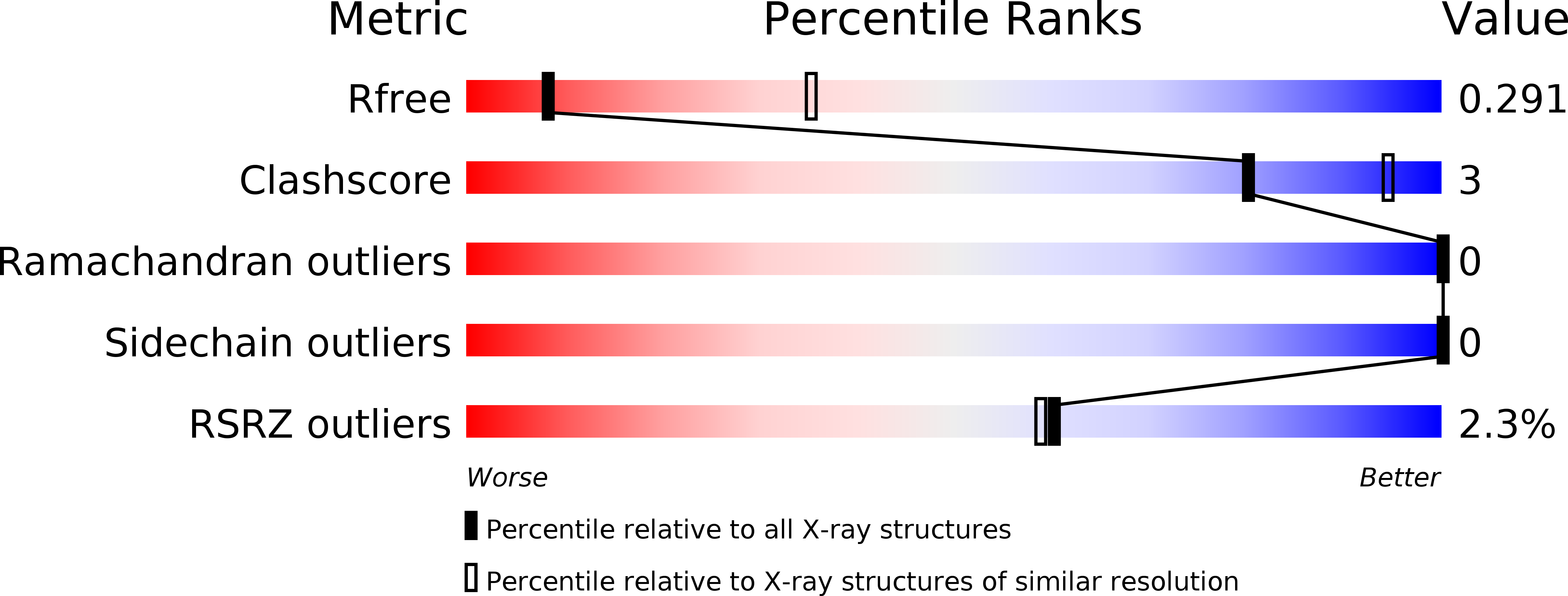
Deposition Date
2013-05-24
Release Date
2014-05-07
Last Version Date
2023-12-20
Method Details:
Experimental Method:
Resolution:
3.30 Å
R-Value Free:
0.28
R-Value Work:
0.24
R-Value Observed:
0.24
Space Group:
P 21 21 21


